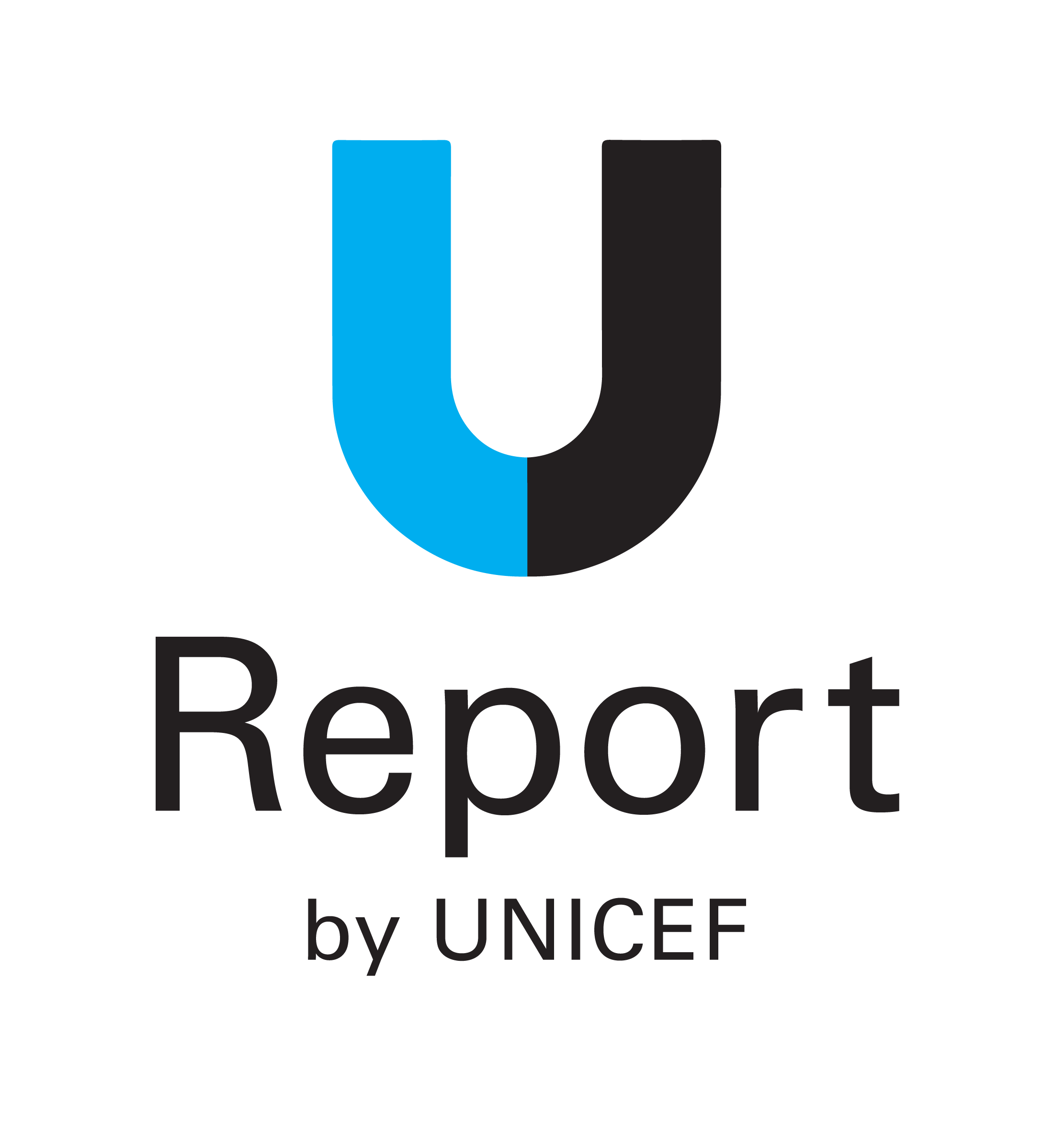
Before the sun gets too bright each morning, Beauty Mulenga (15); and her younger sister Paulina (12) are rushing through their daily routine. Chatting animatedly with a bucket full of tomatoes on their heads, Beauty leads the way as they go off to sell the vegetables… or rather, fruits if you insist; to passer-bys’ in their neighbourhood.
Most people would think it odd that this is what young girls are doing as early as 5am, but this is the reality of many young Zambian people. Although it may seem hard to believe or even far-fetched; these young girls are the lucky ones.
Once done selling tomatoes, the sisters return home triumphantly, but their day is only just beginning. By this time; their parents are already off at work, doing whatever form of piece-work they can find: building, gardening and even house-keeping for less-than minimal wage. As the oldest sibling, it is now Beauty’s responsibility to ensure that their home is swept, clean and that her siblings have eaten- all before 9am when she is expected in school for class.
In general, young girls are persistently disadvantaged as many are forced to leave school in the upper primary and lower secondary grades, partially contributed by the circumstance of puberty along with finances, (UNICEF, 2019). On top-of the pressures of contributing to their household’s income, students like Beauty and Paulina face the challenges of either walking long distances to attend classes or hitch-hiking- which is a dangerous but common occurrence in Zambia because they cannot afford transport.

For Beauty; selling the tomatoes means she is contributing financially to the household and this is a vital necessity not only for Beauty’s family to eat, but also so that she is able to afford school. Unlike many children her age around Zambia, Beauty has been given the opportunity to attend school thanks to her parent’s determination (and her own) to aspire for a better life. Beauty’s parents never had the same privileges she is receiving and are intent on making sure that cycle ends with their own children.
Recently, Zambia has made important strides to make education as free and accessible to all its citizens. With continued reinforcement on the importance of education by government and related parties; and with primary completion rates at 91.8% (Unicef 2019); the assumption could be that Zambia has a strong educational system. However, as illustrated by USAID, (2019); “The education system continues to be plagued by inadequate resources, poor education quality and low progression rates.”
Although there is the general belief that education is ‘free’ in Zambia, administrative costs ranging anywhere from K150 to K300 in government schools are still applied and many guardians fail to meet this payment. That said, anyone who can afford to, would rather send their child to a higher fees paying private school because of the low standard of attention afforded to pupils in government schools, as many classes often reach 40 and in worse case scenarios 60 students per classroom.
Once her education is complete, Beauty plans on buying her mother a big house with plenty of food and fabulous clothing. From an early age many young Zambian children understand the importance of working in order to afford the most basic of all necessities- food and water. This in turn, tends to come at a cost- a neglect and even an inability to attain a proper education- that can lessen their future burden. As a result, these illiterate future adults are sucked into the Zambian poverty cycle.
In order to improve the over-all quality and accessibility of education in Zambia, the Zambian Ministry of General education and UNICEF are working together to improve the provision of education in both primary and secondary school. With projects such as the Girls2030, many young students will be afforded the opportunity to improve their own quality of life and future-earnings prospects by attaining the right level of education, (UNICEF, 2019).
Though the process is slow and improvements still need to be made in the quality of service, the effort to make education accessible to more of the Zambian population is evident as more and more individuals are progressing from lower-income brackets into middle income brackets as they become empowered.
‘When I grow older I want to be a doctor, because then I can help heal people;’ Beauty says as she smiles shyly. Like many of the young girls in her community, she dreams for a future she knows has the potential to change her life significantly. A grade seven pupil; Beauty has a long way to go until her goal is realised.






